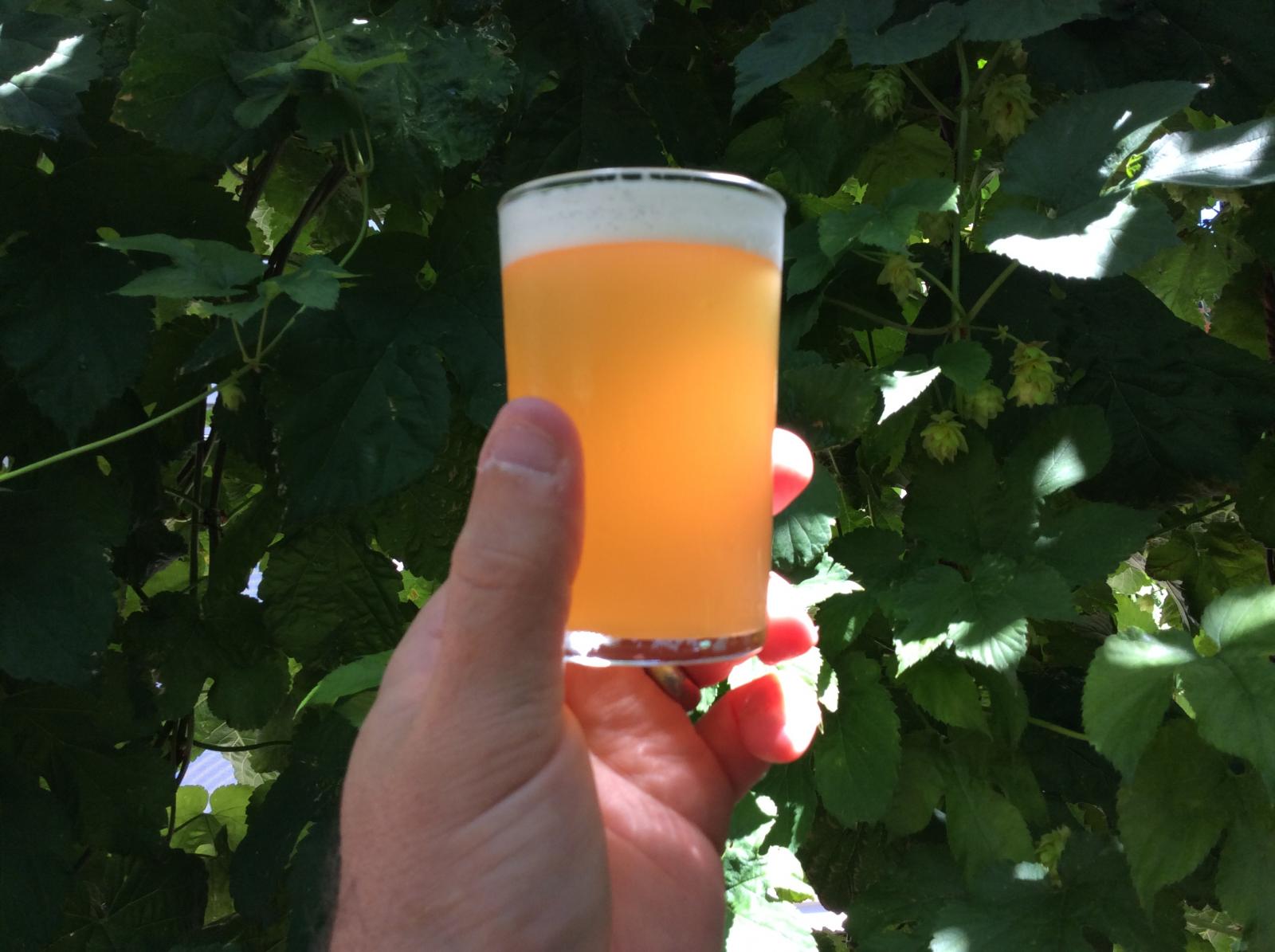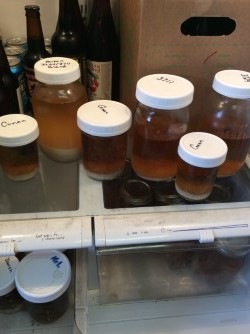This isn't entirely new news, but a new brewer in portland seems to be chatty about the NEIPA style
http://www.marketwatch.com/story/how-portlands-65th-craft-brewer-has-learned-to-compete-2016-07-08
What I realized is that it was a combination of things to make a New England style of IPA to get that hop flavor. Here in Portland, we saw the IBU wars over the last few years and, fortunately, they have gone away. Nobodys bragging about a 100 IBU beer anymore. What were seeing now, from my perspective, are beers that are more balanced, lighter in color, less crystal and caramel malts, beers that have a higher protein content through wheat and oats. The protein in the style is one of the defining factors theyre hazy, and you cant get through that.
People look at our beers and say: You have too much yeast in suspension. What it comes down to is educating people that there is some yeast in every beer we dont filter, we dont fine, we dont centrifuge but we cold crash all of our beer, drop the yeast out and then do a heavy dry hopping. We dry hop about two and a half to three gallons per barrel. When you dry hop that heavily, you get hop polyphenols that are basically tannins that saturate beer with oils.
Without protein content from wheat or oats, those oils eventually drop out. What were finding to be the defining characteristic of our beers is this marriage of protein and hop oil saturation. Whats happening is that those two are binding. You have this hop oil stuck in suspension and when you pour it into a glass, youre tasting the hop oil.
Were spending a lot of money on hops, and if these hops are going to drop out, it feels like youre wasting money. Thats the beauty of the New England-style IPA, and thats why that style is blowing up across the nation. Im not a hop scientist, but this is just my observation from making it over and over again. Its not something that were keeping a secret: People know youre using flaked wheat or oats and leaving those hop oils in suspension. Its like a hefeweizen: Thats not cloudy because of the yeast; its because of the wheat.

































![Craft A Brew - Safale S-04 Dry Yeast - Fermentis - English Ale Dry Yeast - For English and American Ales and Hard Apple Ciders - Ingredients for Home Brewing - Beer Making Supplies - [1 Pack]](https://m.media-amazon.com/images/I/41fVGNh6JfL._SL500_.jpg)


























